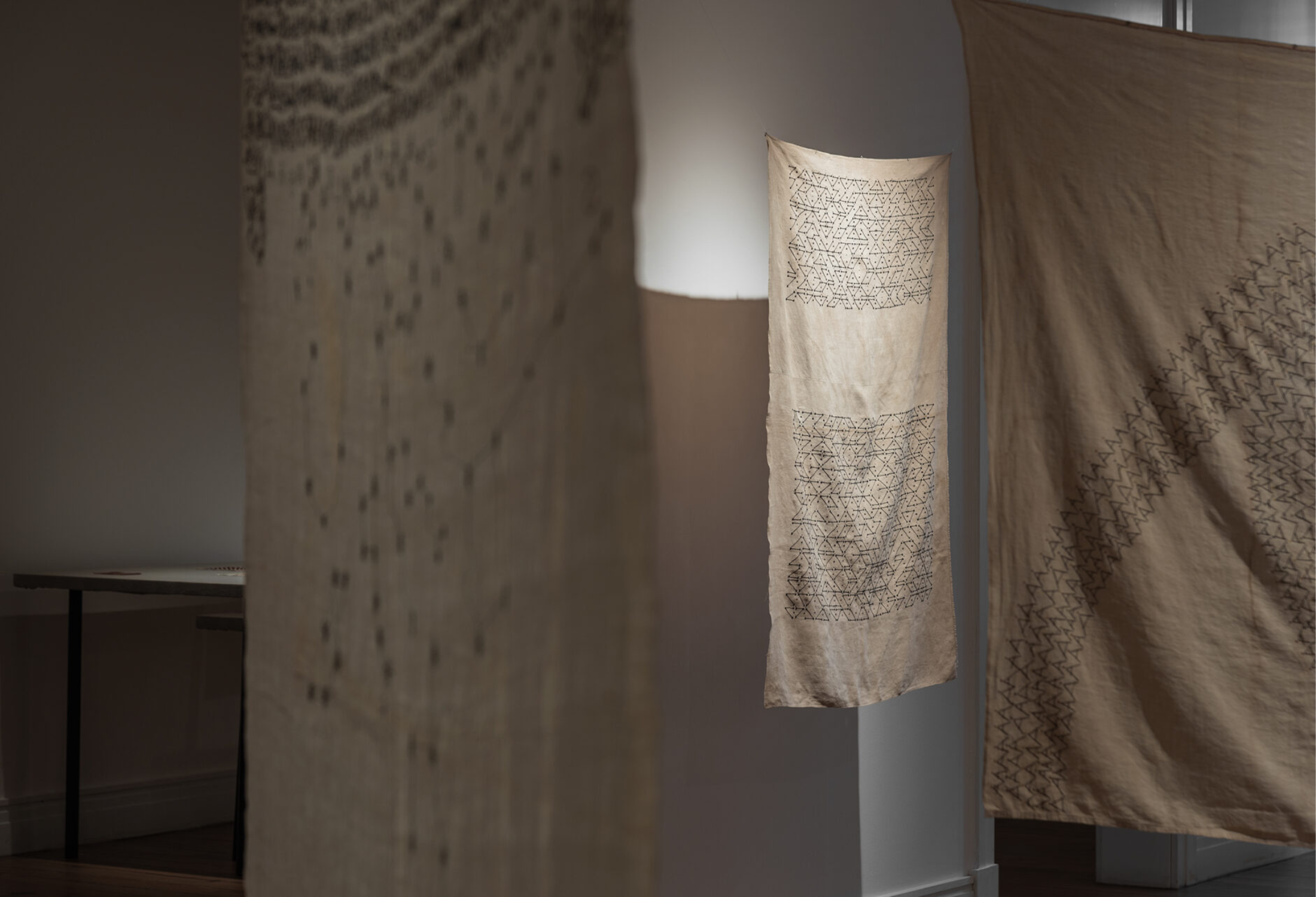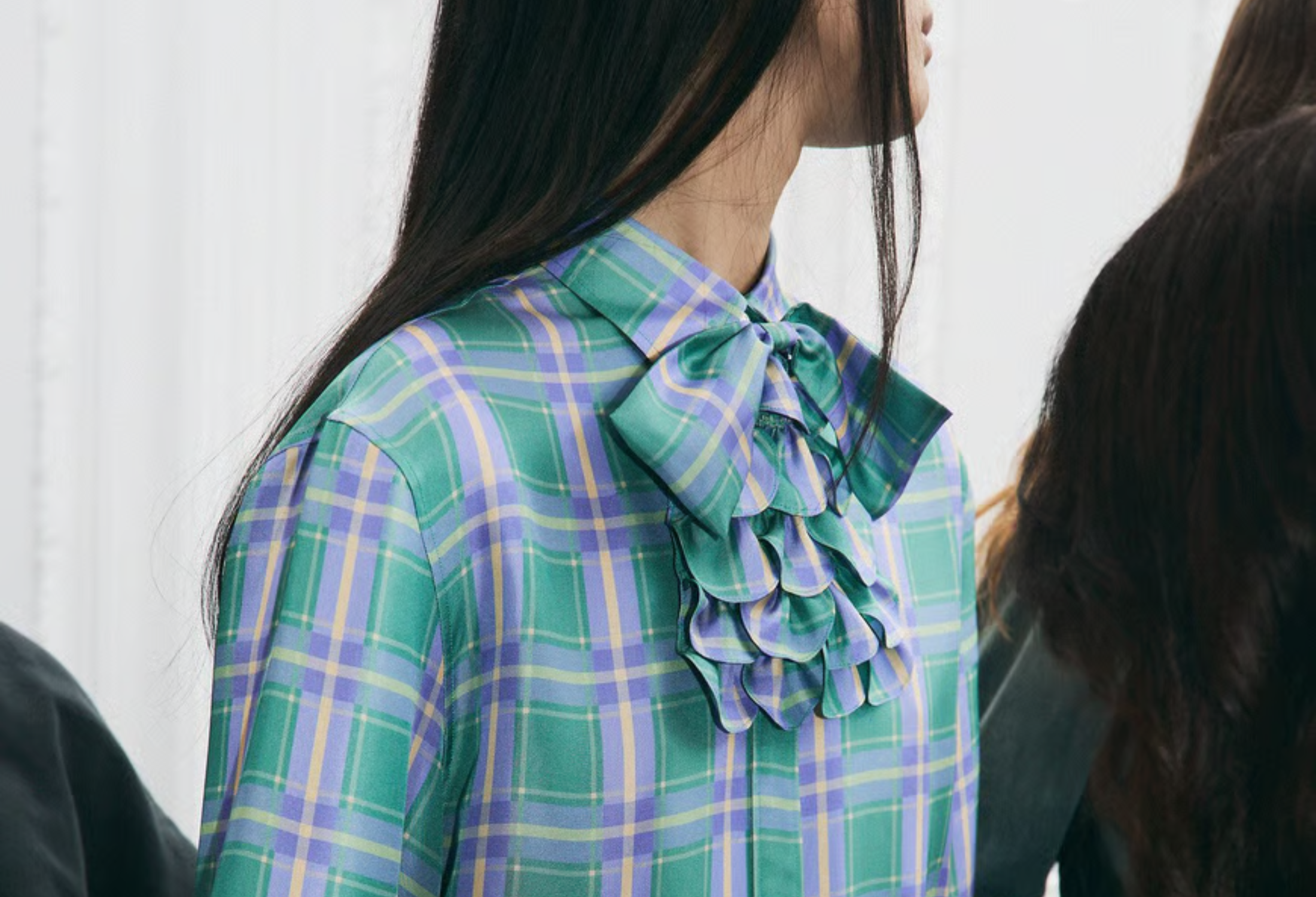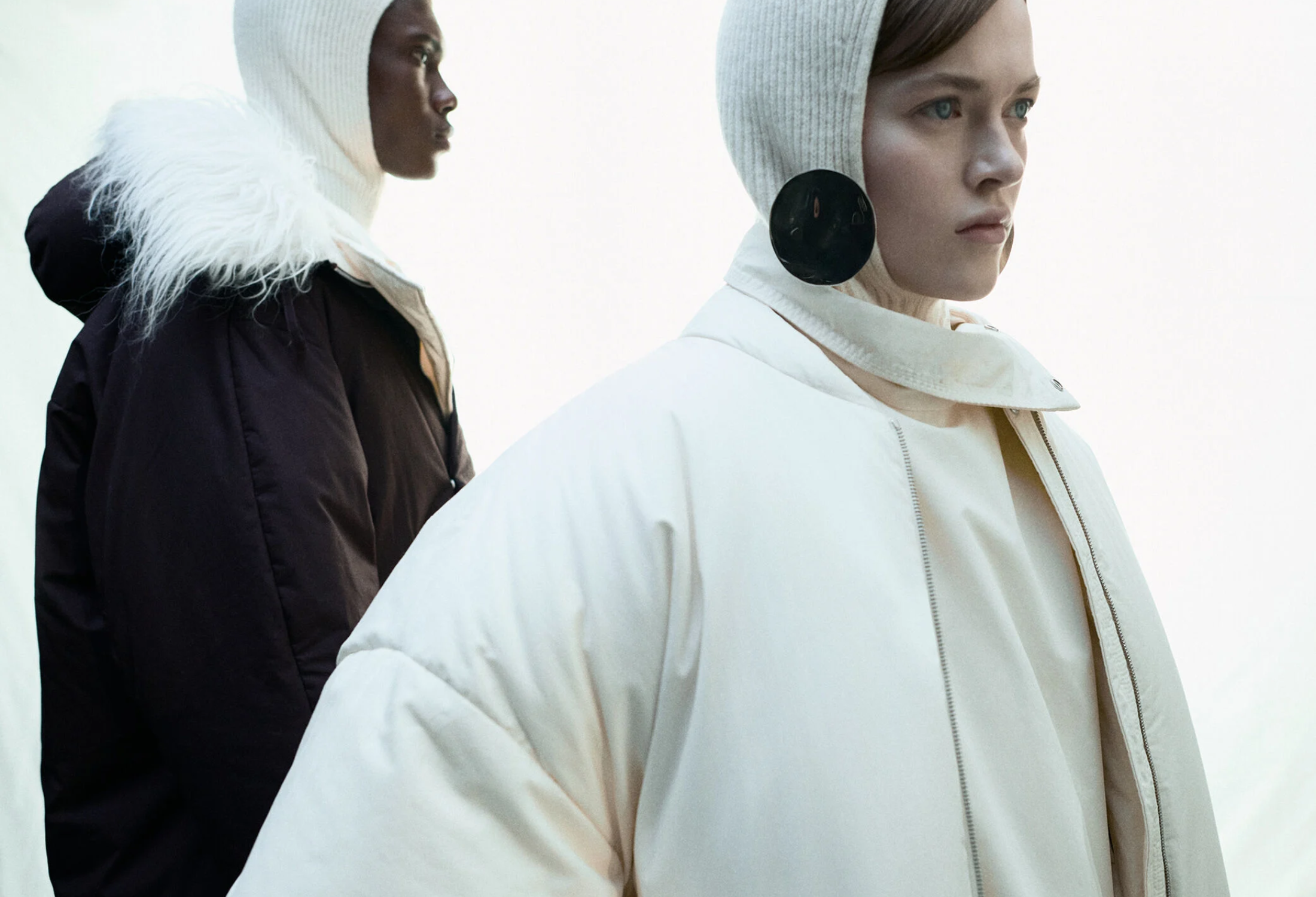Autumn fashion trends

With the change of season comes the transition and the wardrobe switch-up. For those of us who welcome it with enthusiasm and optimism, the shift from summer to autumn opens up a plethora of layered styling possibilities. Each season has its benefits, and contrary to what we've become accustomed to these days, the same fruits aren't borne all year round.
Just like in the botanical world, fashion rotates its offerings and colours (and even fragrances), attracting tastes of all kinds and allowing for another path of fashion development. In this instalment of our weekly blog, we'll share some trends that have already firmly taken root in this season's shift:TIMELESSNESS
Vogue U.K. cautiously points to this trend as the result of a shift in sentiment in society. Clearly, the socio-ecological changes of the planet compel us to adopt a new spirit when it comes to dressing and making our investments.Timelessness stems from our new post-pandemic and pre-climate change dressing concept: comfortable, universal, and enduring. The investment in quality and in timeless pieces, elevated and restructured, is the order of the day. These collections, championed from the outset by labels like The Row, Jil Sander, Canali, Bottega Veneta, or TOTEME, require minimal styling effort and offer maximum potential for use. Timelessness speaks for itself.

EARTH TONE PALETTES
It seems that embracing nature has become a global (and necessary) trend. Colour palettes in styling are named after the four seasons (spring, summer, autumn, and winter). These determine that for each tone, undertone, and shading of our features, our appearance is enhanced with a range of colours. While many of these palettes become customary within their own namesake season, rarely has the colour theory been embraced as much as this autumn.Autumn palettes, particularly soft autumn, stand out this season for their use of new neutrals. Earthy tones, beige, warmer greens, and the entire landscape of autumnal forests now present themselves as trends in fashion's new timeless philosophy.
THE NEW FORMAL
Although it could be rebranded as "the semi-formal." Those days of a blazer with a cap, a hoodie peeking out from the back of our trench coat, or a deconstructed full suit have woven themselves into fashion. Nourished by the needs of the new life, the corporate environment has opened its arms to a greater diversity of what is considered formal. Oversized sweaters over pleated trousers and other daydreams worthy of a The Row runway have gained ground in the workplace.This newfound open-mindedness is also due to the powerful influence of streetwear, which has been increasing its sway since the heyday of athletes in the '80s, infiltrating our homes during the Great Pause of 2020. The decontextualisation of formal and elegant attire, like tailoring taken to the streets, allowed for a perfect example of entropy: the apparent aesthetic commotion of the street sphere was absorbed by the corporate, swinging the pendulum of formal clothing to the opposite side (with the influence of the New Age uniform) to create a perfect balance of effortless elegance.
THE CLASSIC BLACK COAT
If we had to highlight one piece as the star of this season, the long black women's coat takes the top spot. As part of this blend of timelessness, formality, and neutrality, the long black coat is once again a safe bet every autumn. In the midst of transitional weather, materials shift from the lightest to the warmest, increasing the proportion of wool, and occasionally, leather.With new silhouettes and colours, options like the new Loewe women's nappa coat emerge, representing the new style of coat perfectly: long, sophisticated, and constructed with a fresh silhouette. In the midst of redefining the concept of timelessness, the oversized silhouettes of many of these pieces have the ability to elevate an ordinary look to a fashion-forward level.
The Row, TOTEME, Bottega Veneta, Moncler, Maison Margiela, and Isabel Marant have all embraced the branded black women's coat.With an industry that increasingly responds to current human needs, the masses are breaking free from constraints; and the organic nature of clothing and chromatic ranges continues to win the battle. Tailoring, the absence of large logos, and plain pieces are part of the micro-trends also encompassed in timelessness and the new formality. Can we then say that ready-to-wear and its immediacy have also changed our definition of haute couture? This is something we can explore in future instalments.



